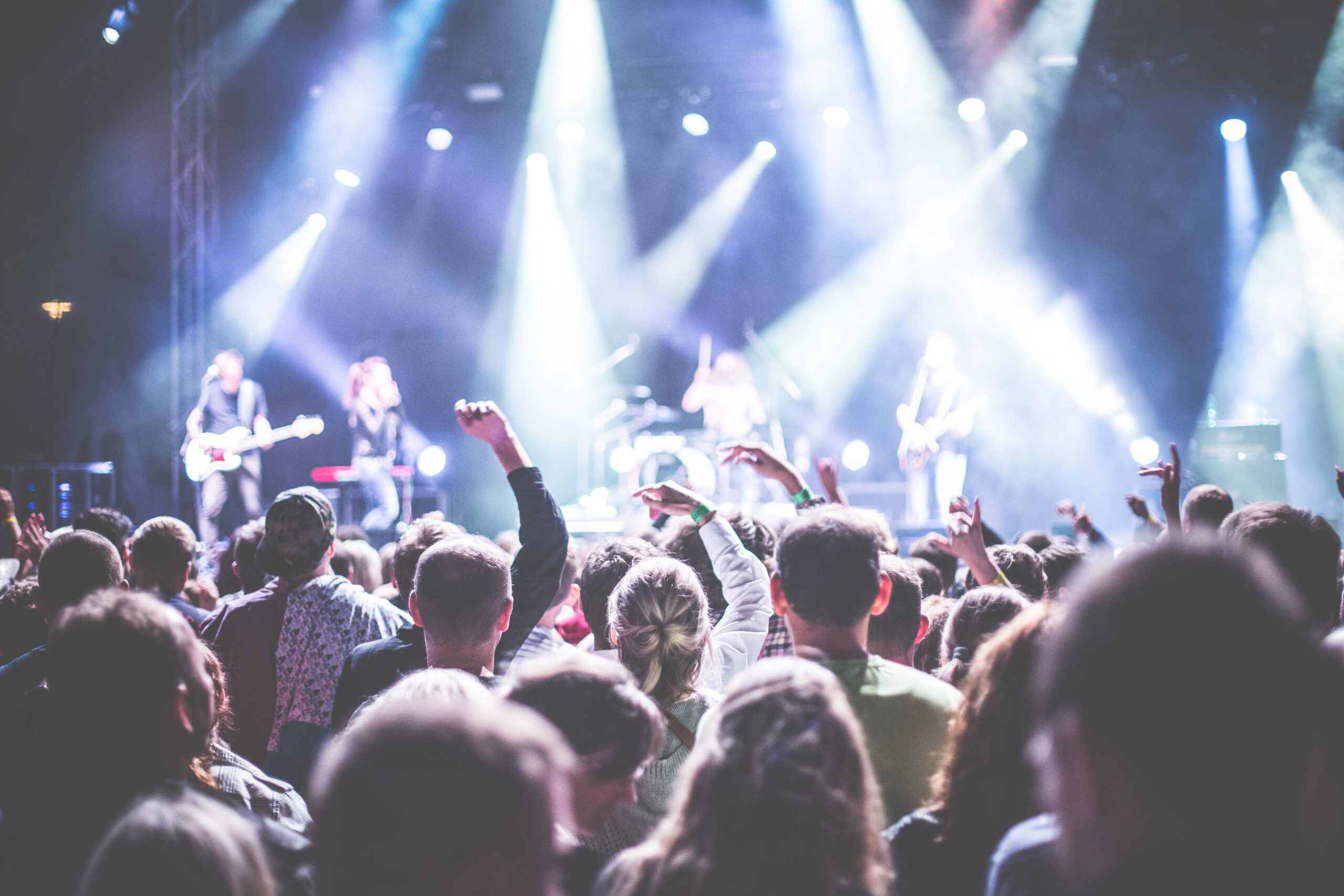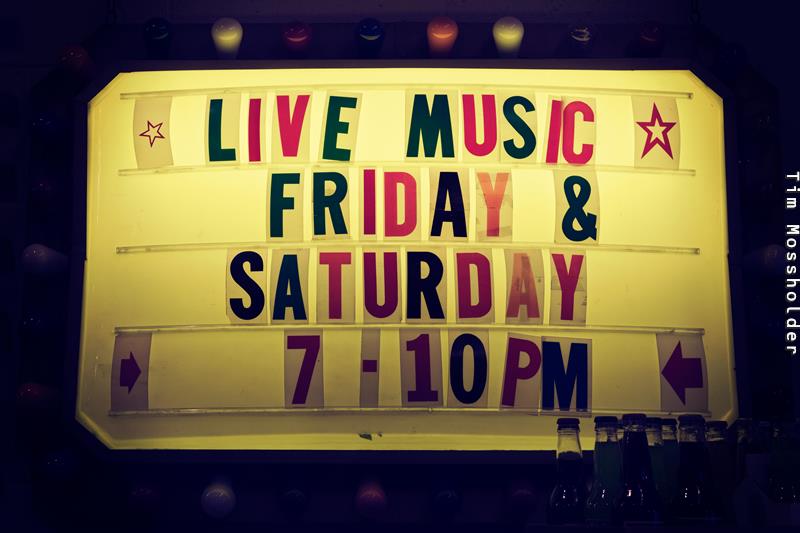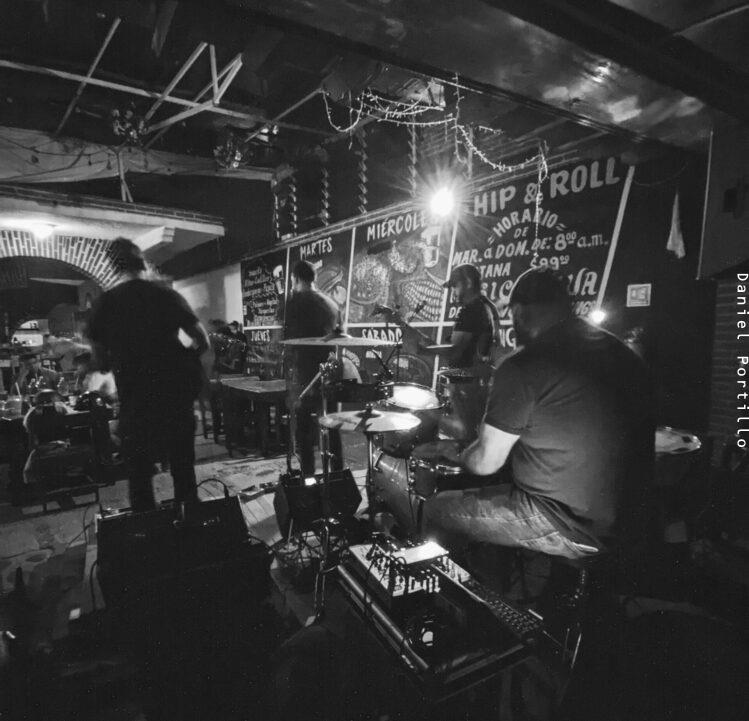Most concert experiences are pretty much what we expect: we take our seats, the lights come down, the band plays the songs you came to hear, the show ends, the lights come up, and you go home. But, as with any large gathering of people, live concerts are sometimes so much more.
Live music is also a cultural event reflecting the social, political, and economic conditions of a specific time and place. In other words, it’s a historical marker, either of your own personal history or to our collective recorded history, live concerts, sometimes intentionally or not, have played an important role in social movements, political revolutions, and cultural changes. From Woodstock to Live Aid, concerts have a rich history of shaping our world.
Live music often serves as a vehicle for political expression. In particular, during the 1960s civil rights movement, live music helped galvanize change. Artists such as Pete Seeger, Woody Guthrie, Nina Simone, Sam Cooke, and Bob Dylan used their music to bring attention to working class issues, racial inequality, and segregation. Their songs became anthems for their movements, inspiring people to take action and fight for justice. Before them, there was Billie Holiday’s song “Strange Fruit” which was composed by Abel Meeropol as a protest song against the lynching of Black Americans. Live concerts and music festivals became important spaces for organizing and mobilizing communities, providing a platform for activists and artists to come together and express their shared values.
Live music can also play a significant role in political revolutions around the world. In the late 1980s, rock music became a driving force behind the Velvet Revolution in Czechoslovakia, contributing to the fall of communism in that country. Czech bands such as Plastic People of the Universe used their music to challenge the authoritarian regime and inspire people to fight for their rights. Similarly, during the Arab Spring uprisings in 2011, live music became a powerful tool for protesters to express their dissent and call for change. In Tunisia, for example, musicians such as Emel Mathlouthi and El General (Hameda Ben Amor) used their music to rally the crowds and challenge the government’s authority.
Live music also drives cultural changes and challenges social norms. In the 1960s, the counterculture movement and the rise of rock music led to a cultural revolution, challenging traditional values and attitudes towards sex, drugs, and politics. This culminated in the Woodstock music festival (August 15–18, 1969), perhaps the most famous live music event of all time. Similarly, in the 1980s, as the term “Classic Rock” immerged to define a receding genre, punk rock music became a voice for disaffected youth, rejecting mainstream culture and challenging societal norms. More recently, hip-hop and rap music have become powerful vehicles for social and political commentary, challenging racism and inequality. Live music has provided a platform for these artists to express their views and engage with their audiences, driving cultural change and inspiring social movements.
Sometimes live music events make history unintentionally.
The concert at the Altamont Speedway in Tracy California held on December 6, 1969 started out as a free concert where fans could see the Rolling Stones, Santana, Jefferson Airplane, and other popular bands of the time. However, with the Hells Angels as security, the event is remembered not for the music, but for the stabbing death of Meredith Hunter. Many fans were injured, numerous cars were stolen, and there was extensive property damage. The violence was so bad that, although they were scheduled to play, the Grateful Dead chose not to take the stage. Rolling Stone magazine termed the event “rock and roll’s all-time worst day”.
Another historical disaster in the history of live music is the Who’s concert on December 3, 1979 when a rush of concert-goers outside the Riverfront Coliseum’s entry doors resulted in the deaths of 11 people. Listen to S01E03 – Dennis Wilson signs a cigarette of Seeing Them Live to hear how our guest Todd barely survived a similar experience when he attended a Led Zepplin concert at the same venue a few years before the Who’s infamous concert disaster.
The history of music is also marked by the tragic deaths of numerous artists who perished while traveling by air. Buddy Holly, Ritchie Valens, Patsy Cline, Otis Redding, Jim Croce, Lynyrd Skynyrd, Stevie Ray Vaughan, and Aaliyah all passed away either en route to or departing from live performances via airplane or helicopter.
Despite all the competing distractions, live music still calls fans to experience its electricity in the moment. By attending live concerts, we can witness firsthand the evolution of music and its impact on society, making each concert a unique and valuable historical event. Rock on!
Related links:
https://en.wikipedia.org/wiki/Strange_Fruit
https://en.wikipedia.org/wiki/Velvet_Revolution
https://en.wikipedia.org/wiki/The_Plastic_People_of_the_Universe
https://en.wikipedia.org/wiki/Emel_Mathlouthi
https://en.wikipedia.org/wiki/El_General_(rapper)
https://en.wikipedia.org/wiki/Woodstock
https://en.wikipedia.org/wiki/Altamont_Free_Concert
https://en.wikipedia.org/wiki/The_Who_concert_disaster






Leave a Reply